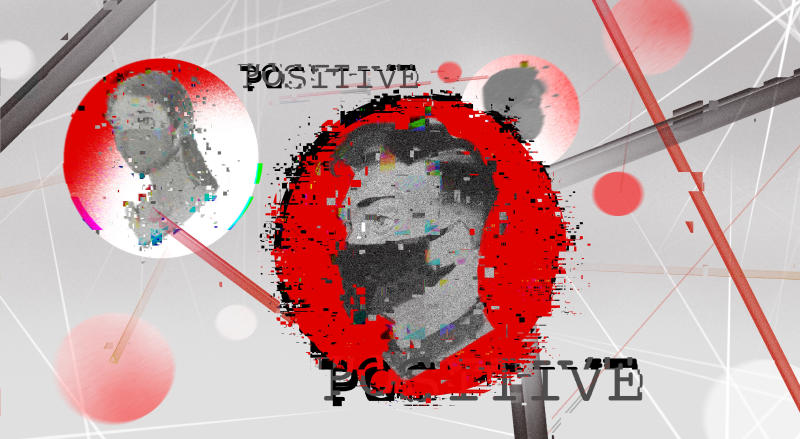Since the start of the quarter, many members of the Stanford community have received emails informing them that they may have been in close contact with someone who tested positive for COVID-19. Here is a breakdown of what this email means and what people who receive one should do next.
How does contact tracing work on campus?
Contact tracing is a process that involves tracking and notifying people of potential COVID-19 exposures in order to contain the spread of the virus. Students, faculty, staff and postdoctoral scholars who have COVID-19 or are at risk of getting COVID-19 must notify Stanford via Health Check, according to the Health Alerts website. This includes those who are experiencing COVID-19 symptoms, those who have tested positive for COVID-19, close contacts of someone with COVID-19 or those who are awaiting test results due to symptoms or exposure.
When an individual who was on campus during their infectious period tests positive, the University initiates contact tracing, according to Health Alerts. For students, this means that Vaden requests a list of close contacts and initiates exposure notification to inform the close contacts of their potential risk, according to University spokesperson E.J. Miranda. Contact tracing for faculty, staff and postdocs is conducted through the Occupational Health Center (OHC).
What is a close contact?
The Centers for Disease Control and Prevention (CDC) defines a “close contact” as an individual who was less than six feet away from someone with COVID-19 for more than 15 minutes cumulatively over a 24-hour period. The University classifies close contacts as high-risk and lower-risk. Individuals who have had prolonged indoor unmasked exposure to someone with COVID-19 and unvaccinated individuals who have had close contact with someone with COVID-19 are considered high-risk, according to Health Alerts. Anyone who has had masked or outdoor, unmasked and socially-distanced exposure to someone with COVID-19 is considered lower-risk.
Sally Egan ’22, a resident assistant (RA) who had COVID-19 during the first week of fall quarter, said that after testing positive, Vaden asked her to describe her interactions with potential close contacts. Vaden then made the final judgment on which of the people she named were considered close contacts, according to Egan.
Why might I receive an exposure notification?
The University notifies high-risk close contacts through Vaden and the OHC, while other contacts provided by the person who tested positive for COVID-19 will receive a “general notification,” according to Student Affairs.
Students sharing classes or dorms with individuals who test positive are also notified, according to Miranda.
When someone in a class tests positive, the Office of the Registrar sends all members of the class an email, according to Health Alerts. The notification includes the date that the individual who tested positive last attended class and details about what students can do next, according to a contact tracing email obtained by The Daily that was sent to an affected student. Those who receive the email are not automatically considered high-risk close contacts because Stanford’s masking, vaccination, testing and classroom disinfection policies make the risk of infection in class “extremely low,” according to the email.
When someone on a dorm floor with a shared bathroom tests positive, residents on the floor are similarly notified through email, and when multiple cases occur in a dorm within 14 days, all residents are notified, according to Health Alerts. Roommates and suitemates of a person with COVID-19 are considered high-risk close contacts, according to Miranda.
Can I find out who my contact was?
Notification emails to classes and dorms with positive cases do not disclose the names of individuals who tested positive. Residential Education wrote that they are unable to share the names of the residents who tested positive in order to protect their medical privacy, according to a contact tracing email obtained by The Daily that was sent to a student living in Wilbur Hall.
Additionally, the University does not automatically disclose the names of research lab members who test positive to their principal investigator (PI) or supervisor for privacy reasons, except in cases requiring the PI or supervisor to assist with contact tracing to comply with CDC and county regulations, according to the CardinalRecovery website.
What happens next?
Vaden provides customized advice to high-risk close contacts, according to Student Affairs. Miranda wrote that this advice may vary “depending on vaccination status and underlying medical conditions.”
High-risk contacts who are fully vaccinated for COVID-19 are not automatically required to quarantine, but they should still minimize contact with others and take a COVID-19 test immediately, three to five days after exposure and eight days after exposure, according to Student Affairs. For the first three to five days, high-risk close contacts are required to use grab-and-go dining and stop attending in-person classes. High-risk contacts who are not fully vaccinated are required to remain in their room and notify Vaden.
Residents in dorms with a positive case should continue to self-monitor, test for COVID-19, wear masks and practice social distancing, according to a contact tracing email. The email also instructs residents to stagger restroom usage, comply with restroom occupancy limits and check the Student Affairs website for instructions if they believe they are a close contact. High-risk close contacts are notified separately, according to the email.
Notification emails sent to students in classes with positive cases instruct individuals to continue attending classes and office hours unless contacted by Vaden or the Occupational Health Center.
